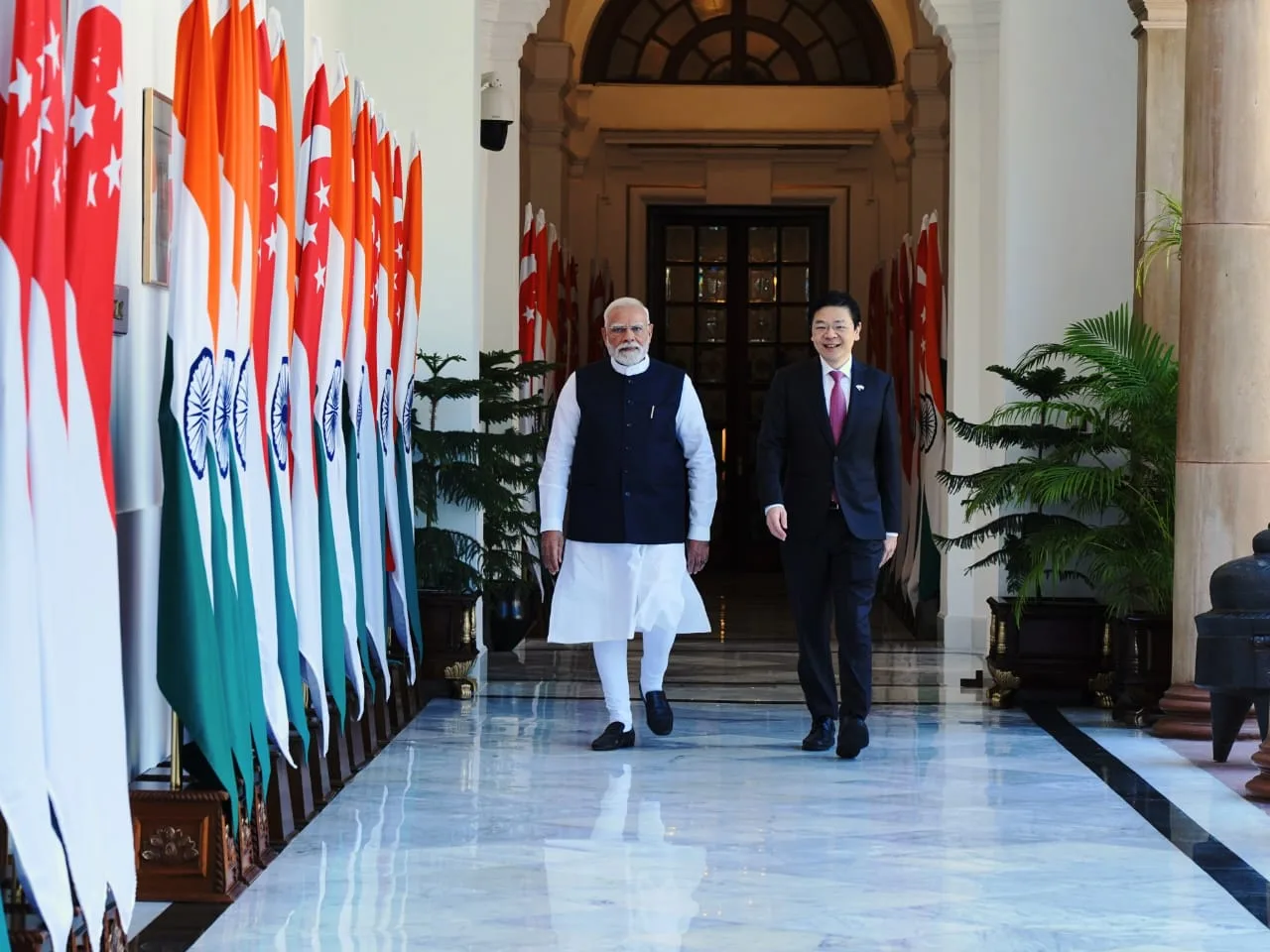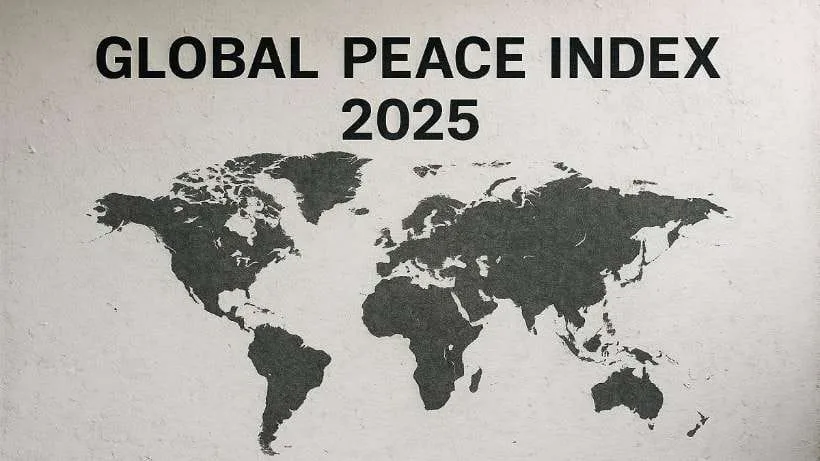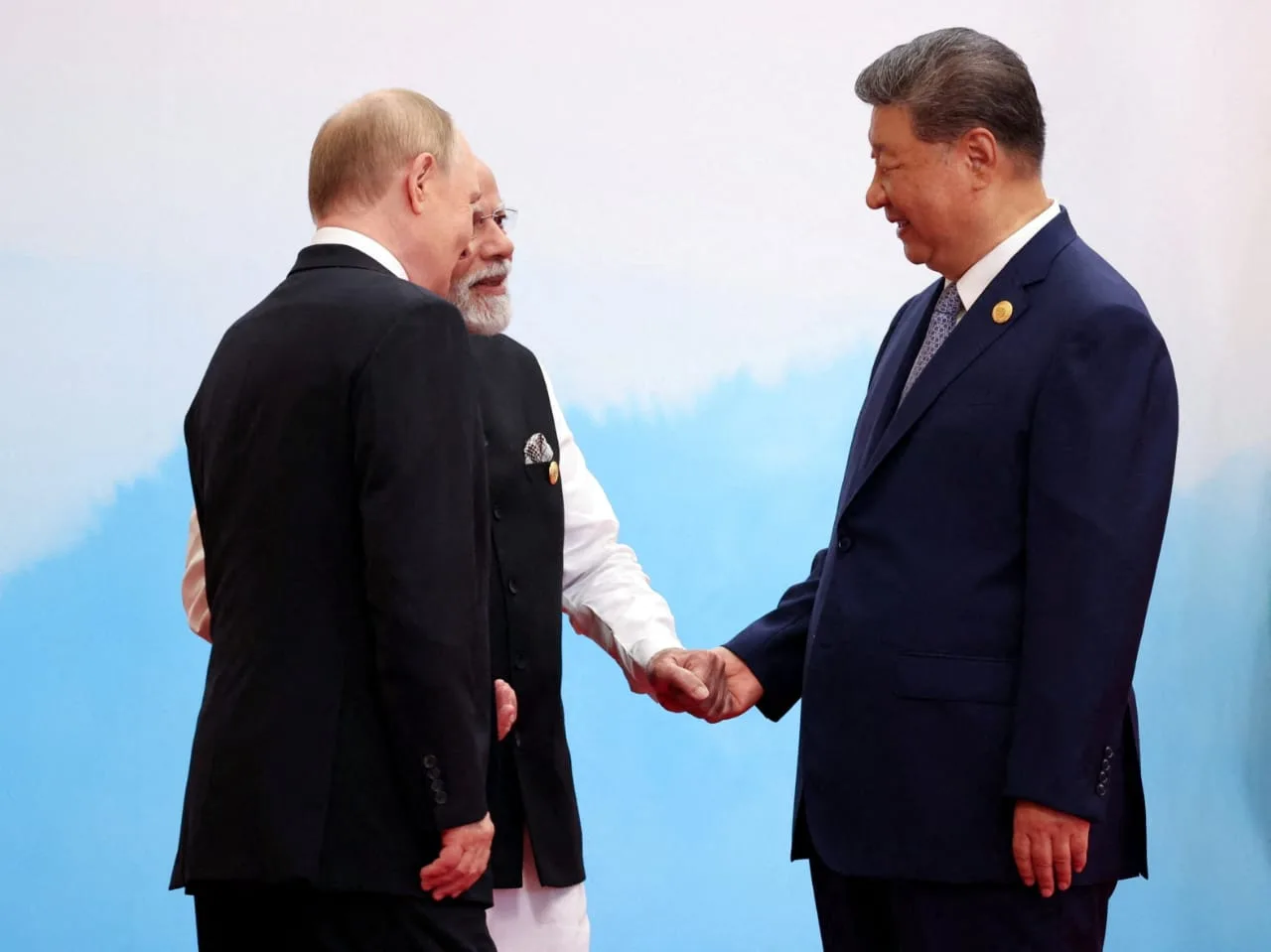In April 2025, the Trump administration implemented a wide array of tariffs, significantly altering the landscape of international trade . These tariffs, enacted under various justifications including national security and economic emergency, have broad economic implications for the United States and its trading partners .
Key Aspects of Trump’s Tariff Policies in April 2025:
- Universal Tariffs: President Trump announced a universal tariff of 10 percent on all imports, with higher tariffs on specific trading partners depending on their trade balance with the U.S . These tariffs do not apply to goods already subject to product-specific tariffs like steel, aluminum, autos, and auto parts, and they also exclude energy products .
- Country-Specific Tariffs:
- China: Tariffs on all imports from China which took effect on February 4, 2025 . These tariffs increased by another 10 percent beginning March 4 .
- Canada and Mexico: Tariffs on Canada and Mexico went into effect on March 4, 2025 . Exemptions were made for auto imports and imports covered by the USMCA trade deal until April 2, after which the exemption was extended indefinitely .
- Venezuela: An additional 25 percent tariff was imposed on Venezuela and countries that purchase oil and gas from Venezuela, potentially effective April 2 .
- European Union: A “reciprocal” tariff rate of 20 percent was specified on imports from the EU .
- Product-Specific Tariffs:
- Semiconductors and Pharmaceuticals: New tariffs on computer chips, semiconductors, and pharmaceuticals, with rates “25 percent and higher” .
- Steel and Aluminum: Expansion of existing Section 232 tariffs on steel and aluminum, ending exemptions, expanding the list of derivative articles, and raising the tariff rate on aluminum from 10 percent to 25 percent .
- Autos: 25 percent tariffs on autos and certain auto parts under Section 232, effective April 3 for autos and before May 3 for auto parts, with exemptions for U.S.-based content of certain imports from Canada and Mexico .
- Copper and Lumber: Directives to the Commerce Department to begin Section 232 national security investigations for copper and lumber imports .
- Agricultural Products: Tariffs on “external” agricultural products .
- Retaliation: China, Canada, and the European Union have announced or imposed retaliatory tariffs affecting $330 billion of U.S. exports .
- Economic Impact:
- The average tariff rate on all imports will rise from 2.5 percent in 2024 to 16.5 percent, the highest since 1937 .
- Imports are expected to fall by slightly more than $800 billion in 2025, or 25 percent .
- The tariffs are projected to reduce U.S. GDP by 0.7 percent before foreign retaliation, with an additional 0.1 percent reduction due to retaliatory tariffs .
- After-tax income is expected to decrease by an average of 1.9 percent, amounting to an average tax increase of more than $1,900 per U.S. household in 2025 .
- Federal tax revenues are expected to increase by $258.4 billion in 2025, or 0.85 percent of GDP .
- Legal Basis: Some tariffs are imposed under the International Emergency Economic Powers Act (IEEPA) authority, while others are based on Section 232 investigations related to national security .
With India
As of April 2025, the Trump administration’s tariff policies included specific measures directly impacting India . These actions are part of a broader strategy to address trade imbalances and protect domestic industries .
Specifics of Trump’s Tariff Policy Against India:
- Reciprocal Tariff Policy: President Trump has expressed his intention to impose “reciprocal” tariffs on countries that have high tariffs on American products .
- Generalized System of Preferences (GSP): The U.S. terminated India’s designation as a beneficiary developing country under the Generalized System of Preferences (GSP) program . This program had allowed certain Indian products to enter the U.S. duty-free . The removal of GSP status means that these goods are now subject to standard U.S. tariffs .
- Potential Impact: The imposition of tariffs and the removal of GSP status could affect various sectors in India, leading to increased costs for Indian exporters and potentially impacting trade flows between the two countries . India has expressed its concerns and is carefully examining the impact of these U.S. tariffs .


























